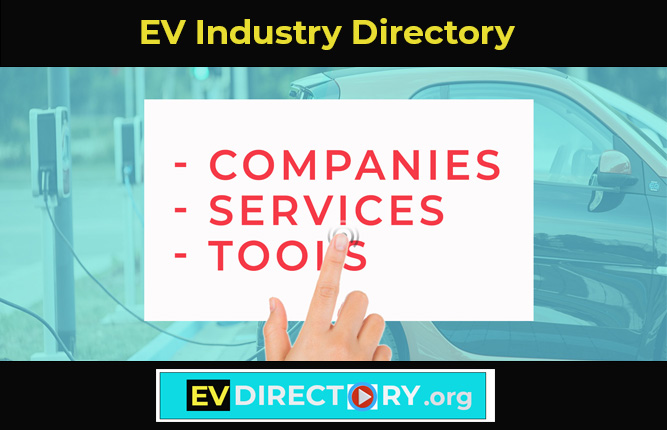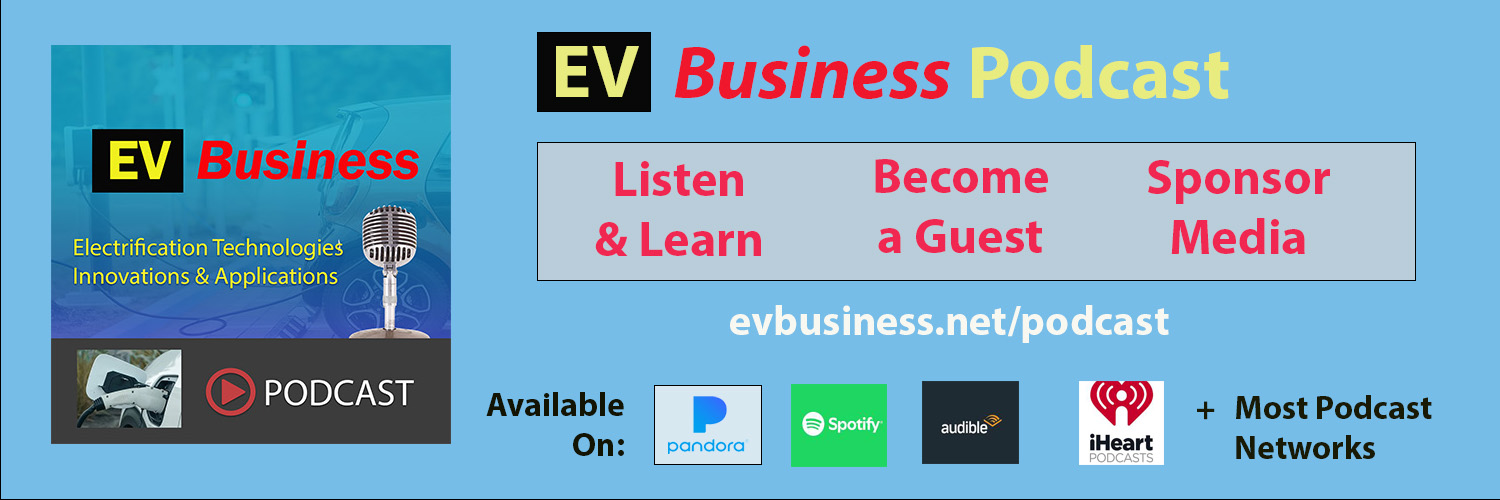Connected vehicle platform providers deliver solutions for managing subscriptions, user accounts, over-the-air (OTA) updates, payment processing, and service activation or deactivation. Automakers face the challenge of delivering and managing a growing range of digital vehicle features and subscription services efficiently. Connected Vehicle Platform Providers solve key problems such as fragmented systems for subscriptions, user account management, over-the-air (OTA) updates, payment processing, and service activation or deactivation. These platforms offer centralized dashboards, secure cloud integration, API connectivity with vehicle systems, real-time analytics, multi-region compliance, and scalability to support millions of connected vehicles. They also enable rapid deployment of new features, personalized user experiences, and automated billing workflows. For manufacturers seeking to unlock recurring revenue and enhance customer satisfaction, exploring connected vehicle platform providers is a critical step toward sustainable, service-driven growth.
Connected Vehicle Platform Providers

Connected Vehicles Platform Providers List
Aeris (Aeris Mobility Suite) – Service lifecycle management platform including subscriptions, OTA campaigns, billing, and payments.
Airbiquity – OTA/software data management, remote infotainment and fleet services.
AWS Connected Vehicle Services (Atos via AWS Marketplace) – End-to-end connected vehicle services for OEMs via AWS infrastructure.
Bright Box (Remoto) – Connected-vehicle platform linking drivers, OEMs, and dealerships for remote control, OTA, and data communication.
Cisco (IoT Control Center / Jasper IoT) – Global lifecycle management of connected devices including OTA updates, provisioning, diagnostics, billing, and subscriptions.
Huawei HiCar – Mobile integration platform that mirrors smartphone features to vehicle dashboards.
Intelematics (powered by Aeris Mobility Suite) – Connected vehicle programs offering health, safety, diagnostics, and subscriptions.
Link Motion – Automotive software/hardware specialist offering embedded carputer solutions for OTA updates, telemetry, and remote access.
Lytx – Lytx specializes in video telematics and driver safety programs, offering dash cams and analytics to improve fleet performance.
OnStar (General Motors) – GM’s subscription service for vehicle safety, diagnostics, and remote features.
Oracle Connected Car Cloud – Oracle cloud framework for connected car services and OTA updates.
Publicis Sapient – Consultancy advising on OTA, subscription models, and in-car services.
Salesforce Connected Vehicle – Platform for automakers to build and deliver connected-car features and services.
Sibros – Full-stack OTA updates, remote diagnostics, and data logging across ECUs.
Smartcar – API platform for vehicle connectivity enabling remote control and data access.
TCS Mobility Connected Vehicle Solutions – Cloud-based connected-vehicle platform with personalized services, subscriptions, and digital keys.
Tietoevry Connected Vehicle & Telematics – Integrated vehicle telematics, cloud connectivity, and V2X capabilities.
Wind River (Wind River Studio) – Cloud-to-edge development platform enabling OTA deployment and vehicle-edge software management.
Connected Vehicles Platform Key Features and Capabilities
API Integration Support
Compatibility with OEM systems, third-party apps, and partner platforms to ensure smooth interoperability between different technologies. This is important because it allows manufacturers to connect new services without rebuilding existing systems, reducing integration costs and time to market.
Cross-Platform Access
Enables service management through in-vehicle systems, mobile apps, and web portals, giving users flexibility in how they interact with their subscriptions. This is important because customers expect to manage services anywhere, increasing convenience and satisfaction.
Customer Experience (CX) Management
Offers personalization tools, targeted offers, and self-service subscription management portals that improve user engagement. This is important because a positive customer experience leads to higher retention rates and stronger brand loyalty.
Device & Vehicle Linking
Associates subscriptions directly with specific vehicles or user devices for accurate tracking and service delivery. This is important because it ensures that the right features are available for the right vehicle or driver, avoiding service errors.
Disaster Recovery
Provides backup systems and failover capabilities to maintain service availability during outages or technical failures. This is important because uninterrupted service builds trust and prevents revenue loss from downtime.
Feature Bundling
Allows packaging of multiple services together to create more attractive offers and boost overall value. This is important because bundling can increase average revenue per user and encourage adoption of less popular features.
Flexible Pricing Models
Supports tiered plans, pay-per-use, freemium offerings, and promotional pricing to meet diverse customer needs. This is important because flexible pricing makes services accessible to different market segments and maximizes revenue opportunities.
Lifecycle Management
Manages the customer journey from pre-sale onboarding to active use, updates, and end-of-life transitions. This is important because a well-managed lifecycle increases satisfaction, reduces churn, and promotes re-subscription.
Localization Capabilities
Supports multiple languages, currencies, and regulatory requirements for global market deployment. This is important because it enables a consistent customer experience across different regions and ensures compliance with local laws.
Over-the-Air (OTA) Updating
Provides secure, reliable delivery of software updates directly to vehicles and infotainment systems. This is important because it allows quick deployment of new features and fixes without requiring service center visits.
Partner Ecosystem Support
Integrates third-party apps, content, and services into the platform for added functionality. This is important because it expands service offerings and creates additional revenue-sharing opportunities.
Payment Processing
Handles multiple payment types, supports various currencies, and manages recurring billing securely. This is important because smooth and secure transactions improve customer trust and ensure consistent revenue flow.
Performance Monitoring Tools
Tracks platform health, uptime, and the success rate of software updates and service activations. This is important because monitoring ensures optimal performance and quick resolution of any technical issues.
Real-Time Data & Analytics
Provides insights into customer behavior, feature usage, and service performance metrics. This is important because data-driven decisions lead to more effective service improvements and targeted marketing.
Scalability
Supports growth to accommodate larger user bases, global markets, and expanded service portfolios. This is important because the platform must grow with the manufacturer’s business to avoid costly migrations later.
Security Compliance
Implements strong encryption, fraud prevention, and compliance with standards like GDPR, PCI DSS, and ISO 26262. This is important because it protects sensitive customer and vehicle data, maintaining trust and meeting legal requirements.
Service Provisioning
Enables instant activation or suspension of features based on subscription status. This is important because it delivers immediate value to customers and helps prevent unauthorized use.
Service Subscription Management
Provides tools to create, modify, bundle, and price digital vehicle services. This is important because efficient management allows rapid introduction of new offerings and adjustments to market demand.
Trial & Upgrade Management
Supports free trials, promotional offers, and seamless upgrades to higher-tier services. This is important because trials encourage customers to explore premium features and can lead to higher conversion rates.
Usage-Based Billing
Charges customers according to real-time usage metrics such as mileage, time, or feature activation. This is important because it aligns cost with value received, making services more appealing to price-sensitive customers.
Workflow Automation
Automates repetitive tasks like provisioning, renewals, and notifications to streamline operations. This is important because automation reduces manual effort, speeds up service delivery, and minimizes errors.
Connected Vehicles Platform Providers Glossary
Advanced Driver Assistance Systems (ADAS) – Electronic systems in vehicles that use technology to assist the driver, often integrated with subscription-based features like lane-keeping or adaptive cruise control.
Application Programming Interface (API) – A set of rules and tools that allow different software systems to communicate and share data, enabling integration between
Customer Experience (CX) – The overall perception and satisfaction a customer has with a company’s products, services, and interactions, critical for retaining subscription service users.
Data Analytics – The process of examining data sets to draw conclusions, used by connected vehicle platforms to optimize services and improve customer engagement.
General Data Protection Regulation (GDPR) – A European Union regulation that governs the collection, processing, and storage of personal data, ensuring privacy and security compliance for connected vehicle platforms.
Human-Machine Interface (HMI) – The dashboard, controls, and display systems that allow drivers to interact with vehicle functions and infotainment systems.
Internet of Things (IoT) – A network of interconnected devices that can collect and exchange data, enabling vehicles to connect with other systems, apps, and services.
Key Performance Indicator (KPI) – A measurable value that shows how effectively a company is achieving its objectives, used to assess platform performance and customer engagement.
Original Equipment Manufacturer (OEM) – A company that produces parts, components, or vehicles, often partnering with connected platform providers to integrate subscription-based services.
Over-the-Air (OTA) Updates – The wireless delivery of software updates, feature enhancements, and patches directly to vehicles without requiring a visit to a service center.
Payment Card Industry Data Security Standard (PCI DSS) – A set of security standards designed to protect credit card information during and after a financial transaction.
Return on Investment (ROI) – A measure used to evaluate the efficiency or profitability of an investment, important for assessing the value of connected vehicle platform implementations.
Service Level Agreement (SLA) – A formal contract that defines the level of service expected from a provider, including uptime, performance, and response times.
Software as a Service (SaaS) – A software delivery model where applications are hosted in the cloud and accessed over the internet, commonly used for subscription management systems.
Software Development Kit (SDK) – A collection of software tools and resources that developers use to create applications compatible with a platform.
User Interface (UI) – The visual and interactive elements of a system that allow users to interact with software or hardware.
Vehicle-to-Everything (V2X) – Communication technology that allows a vehicle to exchange information with other vehicles, infrastructure, networks, and devices to improve safety, efficiency, and services.

